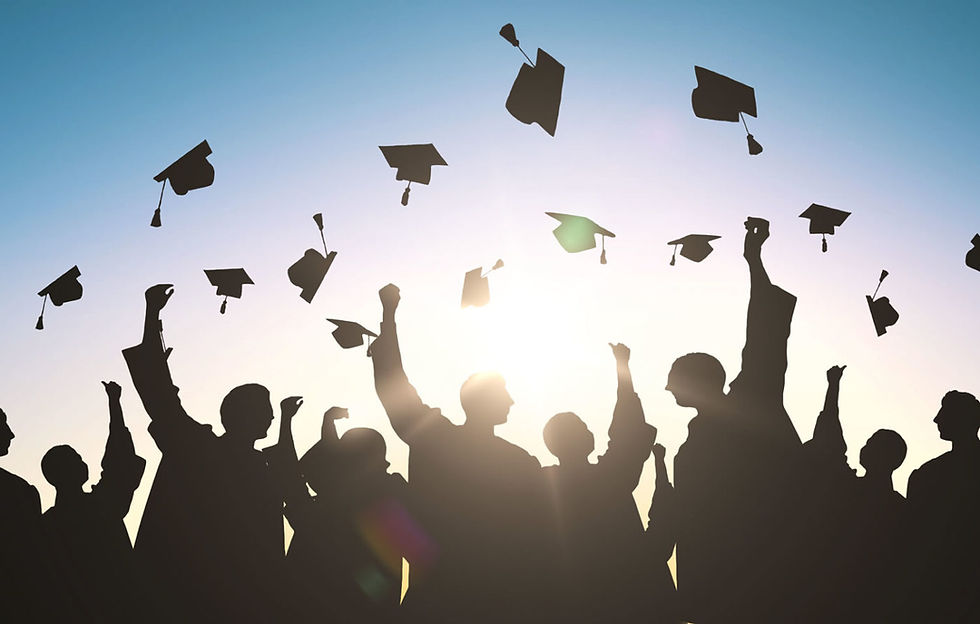Second Tries
- Megan Stein
- Mar 23, 2021
- 2 min read
“Second tries are important when learning new skills.”
This simple, yet powerful, phrase was shared by my son's teacher in her weekly newsletter to families.
He is currently learning cursive for the first time, and if I’m being honest my son has an awesome growth opportunity ahead of him with his handwriting. Some of his skill-set (or lack thereof) is of his own doing and some has been out of his control with circumstances related to the pandemic. He types more than he writes during virtual learning and his preferences in general are gross motor skill activities. We know he is going to need additional ‘tries’ to grow in this area. Yet, his teachers' mindset makes all of the difference for us, for him, and for his future as a writer.
This week I spent time at my school reading to classes with a select focus on texts that highlight diversity and celebrate uniqueness.
These events happening in conjunction of each other got me thinking...Why do we tend to stop celebrating uniqueness when we start talking about curriculum?
How can we build a culture in education where second, third, fourth tries are the norm without the stigma of being ‘behind’ or ‘below expectations’?
When it comes to our typical school design, we place students in classrooms with learning trajectories based on age that take no consideration into their unique backgrounds, circumstances and experiences. Then, we often use grades and rating scales to tell students about themselves which are subjective and carry connotations in nature.
It's undeniable we need an educational road map with clear curricular standards and even expectations to guide our way and support continuous growth. I can’t help but feel that for some of our students our educational design is built with inevitable failure at worst, and the ability to squander motivation and joy of learning at best.
IT'S NOT HOPELESS! In fact, I feel more hopeful than ever that we can capitalize from this pandemic and have our second chance. We can begin to see the rigidity and inequities of the learning structure created centuries ago, and take steps to amended it in order to fit our 21st century values.
Unique, different, personalized....We CAN do this!
We can combine the research and expertise of those exploring this work to create a structure that best fits our students. We can stop asking them all to fit the same learning mold and allow them to have a personalized path to continuous learning through:
Prioritizing learning standards in clear progressions
Creating assessment measures which continuously evaluate learning
Flexibly grouping students based on their evidence of learning
Change is often frightening, but I see these changes as capitalizing on what teachers and principals do best- know your students, respect their differences, support their continuous growth with targeted instruction.
“Second tries are important when learning new skills."
Thank you Mrs. McVay, and every teacher and leader reading, for bringing this simple concept into the forefront of your mind.
We’ve given ourselves lots of tries this year, now let’s keep it the norm for our students too!
Could this be our second try to get things right with our educational model?






Comments